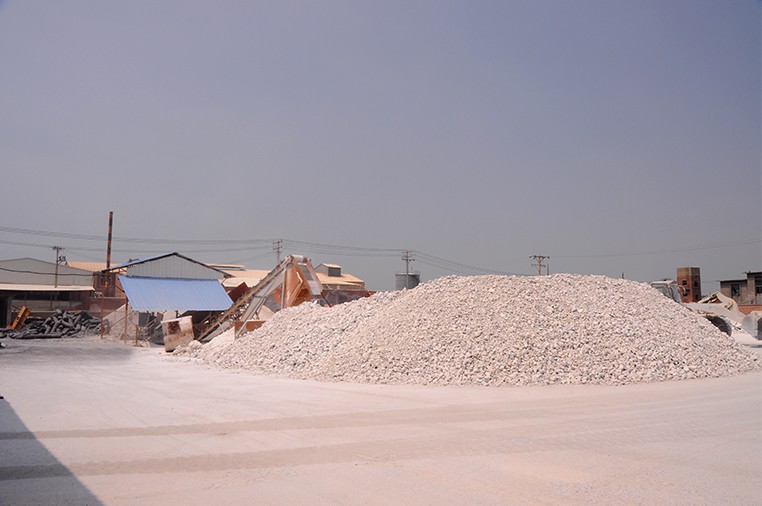China is one of the three largest magnesia exporters in the world, with an annual output of more than 25Mt, but mainly products with purity less than 95%, and the output of high-purity magnesia (MgO mass fraction>99%) is very small. The annual production capacity is less than 0.4Mt, which cannot meet the domestic annual demand of 1Mt, and most of it depends on imports. It can be seen that the gap of magnesium oxide in China is large and has great development potential.
60% of the magnesium products produced in the United States come from brine, followed by magnesite and dolomite. The production method is to calcine magnesium hydroxide or magnesite, which is formed by the causticization of brine by lime, and then further process functional magnesium oxide according to different purposes. The total production capacity of calcined magnesium oxide is 1.1-1.2Mt/a, of which light magnesium oxide is less than 300kt/a. In Western Europe, 70% of magnesium oxide is made from magnesite and dolomite. The total amount of magnesium oxide is 1.5-1.6Mt/a, and the light magnesium oxide product is less than 25%. Magnesium oxide in Eastern Europe is mainly made from calcined magnesite, and more than 90% is of refractory grade. In Africa and the Middle East, magnesium oxide is mainly produced from seawater or natural ore, with the production capacity of 400Kt/a, and the output of light magnesium oxide is very small. Japan is the country with a large amount of magnesium oxide production in Asia, with a production capacity of more than 300k/a, mainly based on alkaline calcined magnesium oxide, and 70% - 80% of refractory magnesium oxide is imported.
